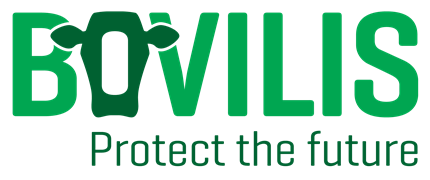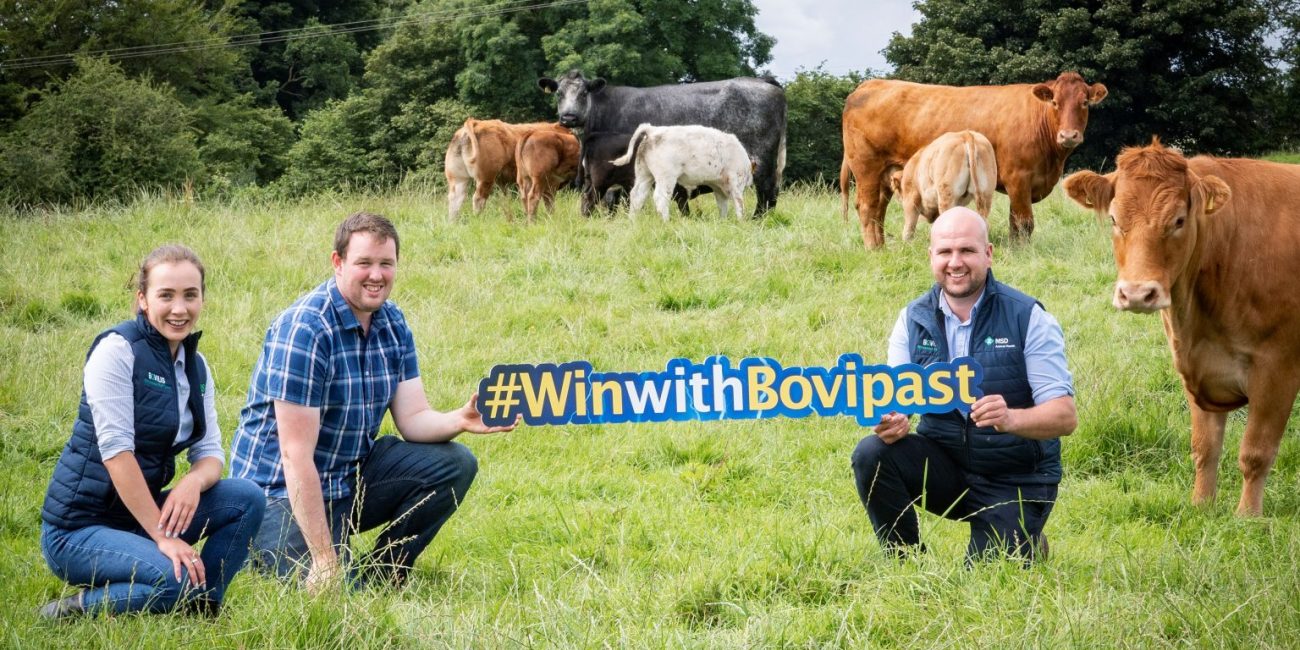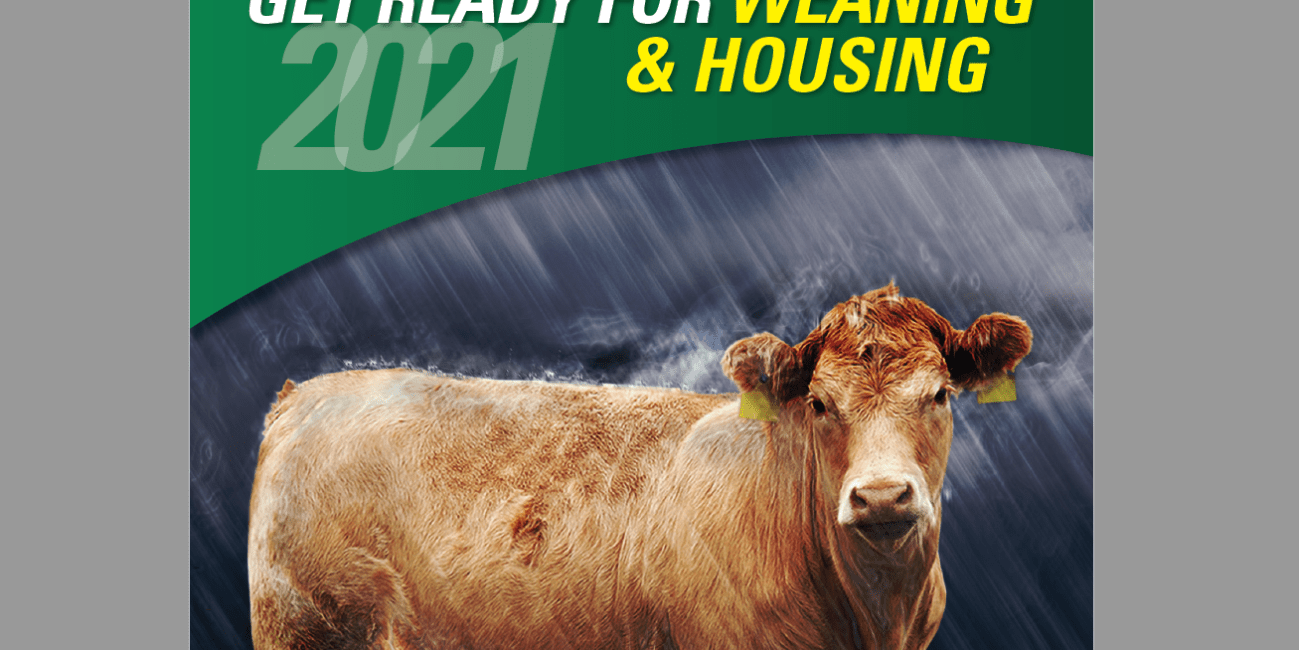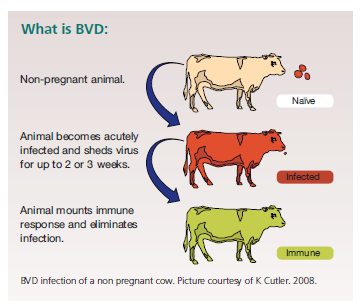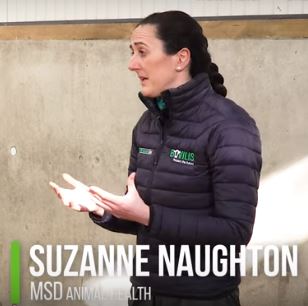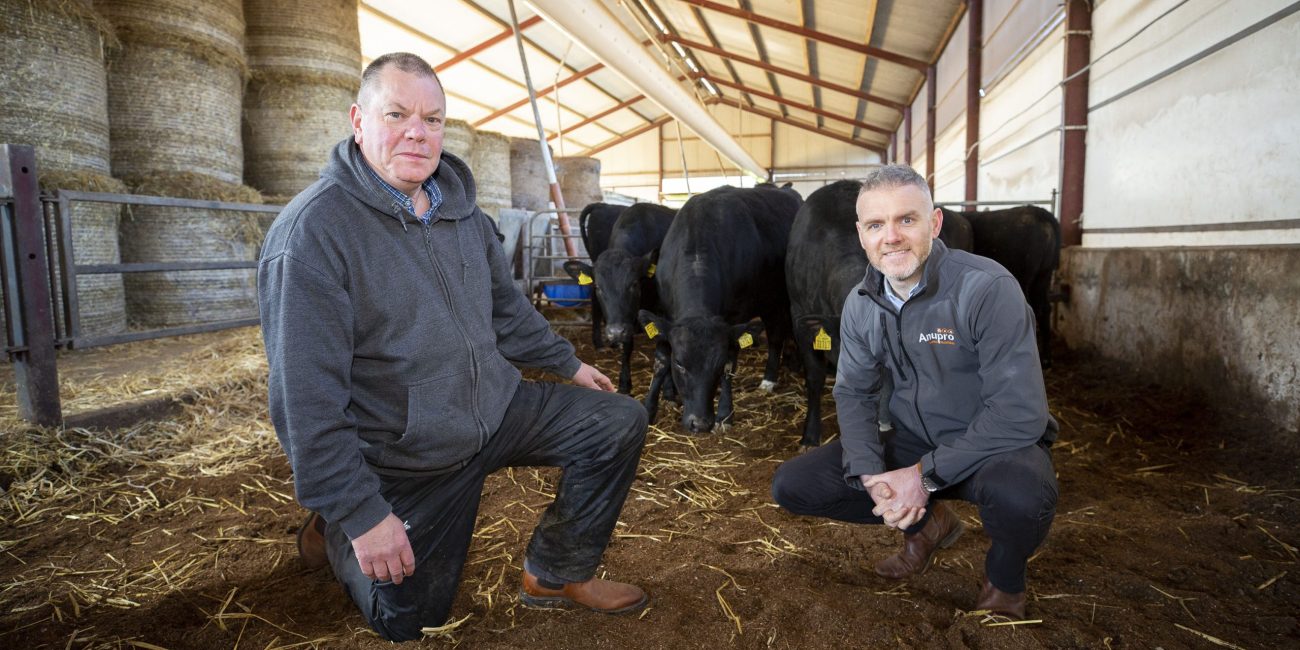
Gold standard animal healthcare at the centre of Wagyu beef enterprise – Bovilis
Revolutionary processes and a tried and tested animal health programme at Moss Hill Farm in Co. Antrim is paving the way to bring some of the world’s most Tried and tested animal health programme at Moss Hill Farm in Co. Antrim is paving the way to bring some of the world’s most coveted Wagyu beef to market.
Read more about Gold standard animal healthcare at the centre of Wagyu beef enterprise – Bovilis
